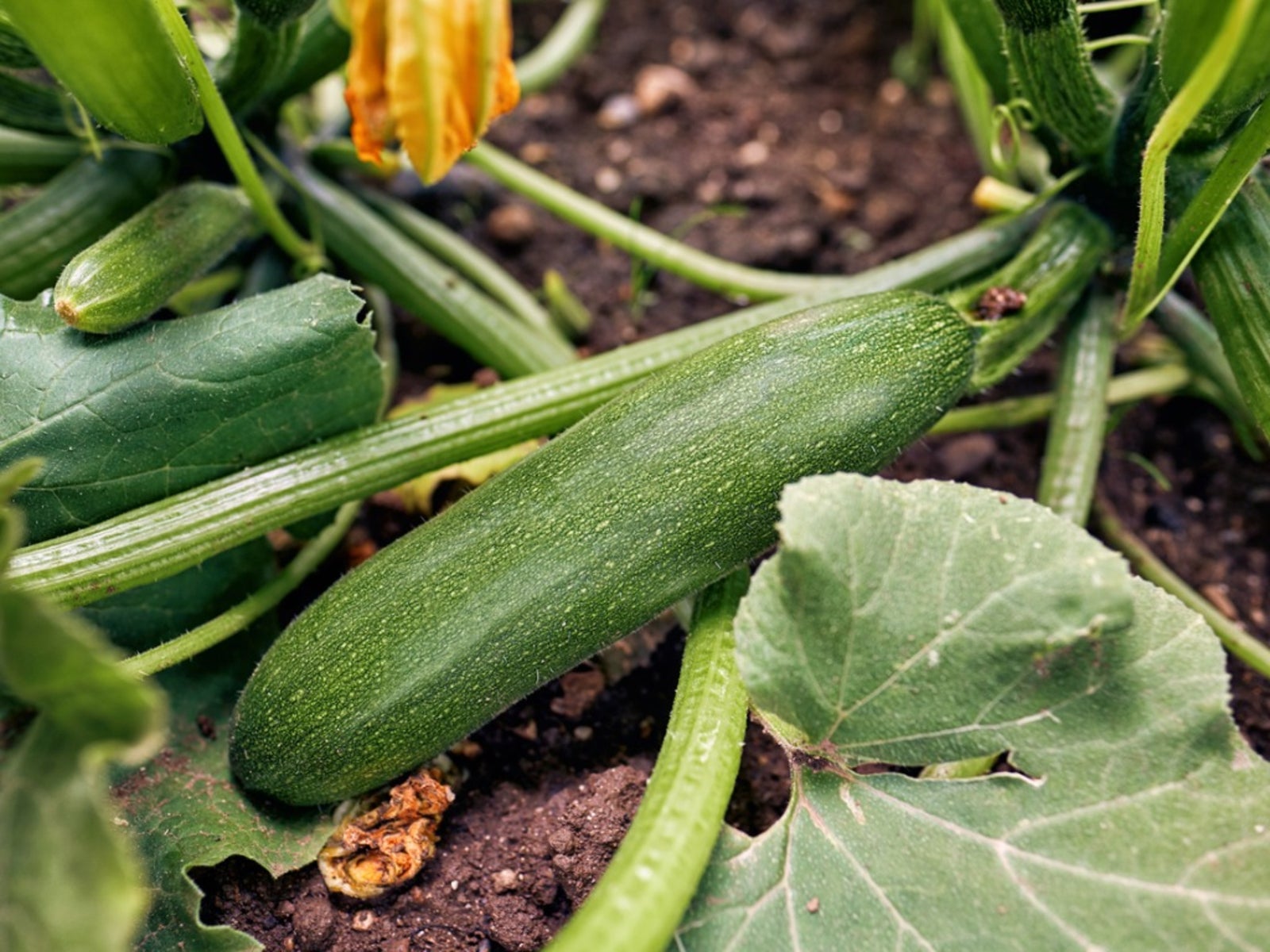Zucchini Problems: What Causes Bumps On Zucchini


Those big, beautiful leaves of zucchini plants protect their bounty of fruit from the elements, allowing for what seems like a never-ending supply of straight, smooth-skinned zucchinis. For most gardeners, the question of how to get rid of so many fruits is foremost in their minds, but when a gardener has bumpy zucchini fruit, disposing of excess fruit becomes a secondary issue to correcting the deformed zucchinis. Let's learn more about what to do for bumpy zucchini fruit.
Bumps on Zucchini
Although there may be an open-pollinated zucchini variety with bumpy skin, bumps on zucchini are not typical. Usually, bumps are considered a sign of one of the more serious zucchini problems, caused by one of many incurable plant viruses. Cucumber mosaic virus, watermelon mosaic virus, papaya ringspot virus, squash mosaic virus, and zucchini yellow mosaic virus can all cause these bumpy, deformed fruits. Symptoms of the many viruses in zucchini may bear close resemblance to one another, with common symptoms like scattered yellow patches on young or maturing leaves, leaf deformation, and irregular bumps or yellow spots on zucchini fruits. Stunting of plants often occurs, especially if the zucchini plant contracted the virus early in life or the seed itself was infected. A less common cause can be due to rapid growth or an excess of calcium in the soil.
Preventing Viral Related Zucchini Problems
There is no way to treat zucchinis once they're infected with viruses, but there are many preventative measures you can take at planting time, especially if you have lost crops to viruses before. Many viral pathogens are transmitted by sucking insects, like cucumber beetles or aphids, but they can also spread through infected seeds that mature into infected plants. Do not save zucchini seeds if there's any question as to the viral status of the mother plant. Instead, order certified virus-free seeds from a reputable supplier. If you direct seed your zucchinis, take some extra time to lay down reflective mulch and row covers to protect your zucchinis from virus-vectoring sucking pests. Transplants raised in a greenhouse need to be carefully monitored for insect pests. You can slow the spread of zucchini viruses in your garden by keeping the grass and weeds in your yard closely trimmed, since weedy and overgrown areas are very attractive to the bugs. When viral infections become obvious, remove the infected plants immediately to reduce the chance of spreading disease further. Always work with disease-free plants before moving to the diseased ones, as some plant viruses can be passed on dirty tools or clothing, especially when grafting or pruning zucchinis.
Sign up for the Gardening Know How newsletter today and receive a free copy of our e-book "How to Grow Delicious Tomatoes".

Kristi Waterworth was a regular contributor to Gardening Know How for many years, answering countless queries on plant pests and diseases.